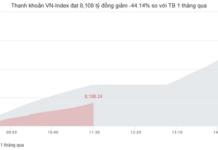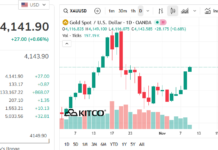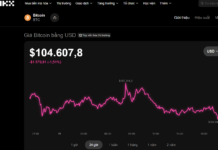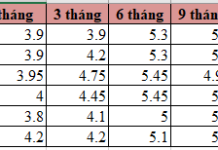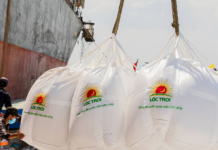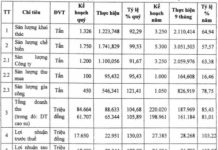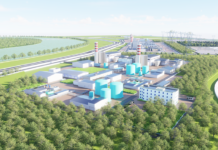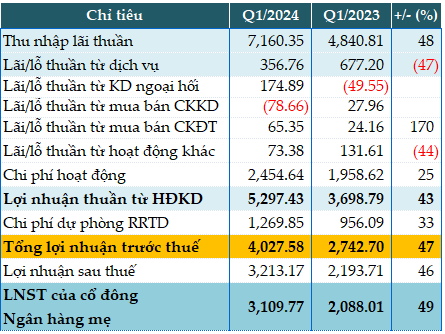Capital flows strongly into real estate
Many banks’ Q2 financial reports indicate that real estate lending significantly contributed to several banks’ credit growth in the first half of the year.
Specifically, at Techcombank, real estate business lending (including credit and bonds) accounted for 59% of total credit debt in the first six months of the year. Including individual customers, the proportion of real estate lending at this bank exceeded 64% of the bank’s total debt. Techcombank’s consolidated real estate business lending growth (credit only) reached 21.5% compared to the end of 2024 (nearly double the bank’s 11.6% loan growth).
At other commercial banks, real estate business lending in the first half also recorded robust increases. Specifically, HDBank’s real estate business lending balance reached VND 83,125 billion, up 22% from the beginning of the year and accounting for 16.4%. SHB’s real estate lending balance reached VND 163,754 billion, up nearly 28.4% from the beginning of the year. MB’s real estate business lending reached VND 85,834 billion, up nearly 34% from the start of the year.
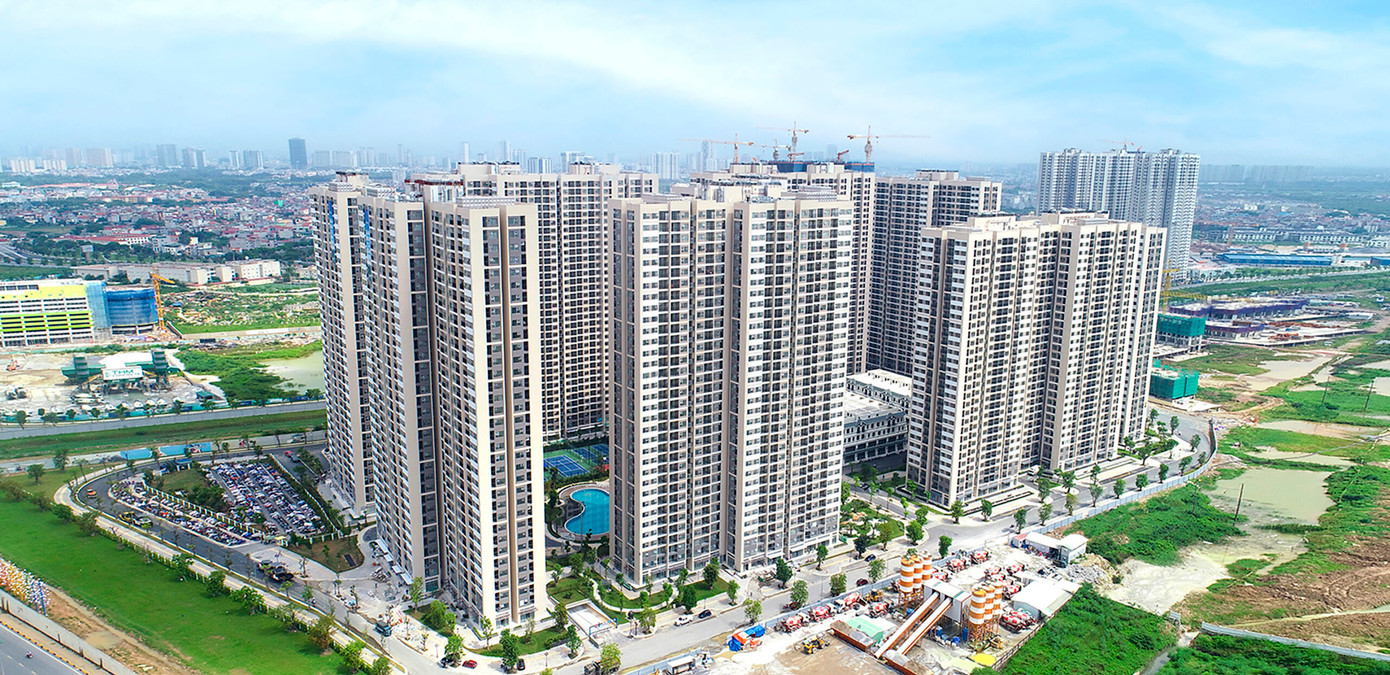
Credit flows into real estate.
By the end of June 2025, real estate business lending at TPBank increased by 32%, PGBank by 30%, VietBank by 19%, and MSB by 15%…
As of June 30, real estate credit debt stood at VND 3,180 trillion, 2.4 times higher than at the end of 2024, and accounted for 18.5% of the system’s total debt.
Mr. Dinh Minh Tuan, Southern Region Director of Batdongsan.com.vn, assessed that there is a mechanism to increase credit for the real estate market this year. However, capital credit to meet people’s actual housing needs remains limited and lacks a clear mechanism.
Batdongsan.com representatives forecast that credit will continue to prioritize infrastructure and key real estate projects in the coming period. The second half of the year is expected to see an improvement in real estate supply compared to the first half. The market will grow faster in large markets prioritized for capital. However, it is worth noting that risks may arise if credit flows into overheated development areas.
Many experts are concerned that priority sectors like industrial production still face challenges in accessing capital, while credit is overly concentrated in speculative channels like real estate businesses. This could lead to asset price inflation risks. In reality, most economic crises originate from the financial and real estate markets.
Proposed stable-interest credit package
In the context of strong capital flows into real estate, the Ministry of Construction has proposed that the State Bank of Vietnam consider a medium-term credit package with a stable interest rate, in addition to focusing on directing and urging banks to participate in the VND 120,000 billion preferential credit program.
In addition, the State Bank of Vietnam has also directed commercial banks to focus on lending and disbursement for commercial housing projects with suitable prices, promoting credit growth, and reducing procedures and conditions to facilitate people’s access to controlled credit, strictly preventing corruption and negative behavior.
According to financial and banking expert Nguyen Tri Hieu, there should be a loan package for developing affordable housing with a repayment period of up to 30 years to reduce people’s monthly loan payments. The State Bank of Vietnam should also promote credit scoring for individuals, with those with high scores easily obtaining loans at low-interest rates. The interest rate should be around 4.7%/year, depending on the score, and a certain margin should be added for those with low scores.
The Vietnamese Dong’s Future: Navigating the Volatile USD Waters
The USD is showing signs of weakening but remains stubbornly above the 26,000 VND mark. However, experts suggest that the pressure on Vietnam’s exchange rate is easing, with predictions of a modest 3-4% depreciation for the Vietnamese Dong this year.
Build an Emergency Fund to Make Financial Fluctuations Less Frightening
“In the face of unpredictable challenges such as pandemics, economic crises, and waves of layoffs, it is essential to build a financial safety net early on, especially for young families. This safety net serves as a shield, protecting your financial plans and providing resilience in the face of any risks that may come your way.”
Proposed Title: Petition to the State Bank to Lower the Deposit Interest Rate Cap
To continue fueling credit growth from now until the end of the year and to support businesses and boost economic growth, several banks have proposed a number of measures related to capital mobilization and interest rates, among other things.
Unlocking the Secrets to Effective Real Estate Investment: A Comprehensive Guide by the Ministry of Construction
The growth rate of credit for real estate across many banks has reached an impressive 20-30%, an astounding threefold increase compared to the overall credit growth rate of the system. The Ministry of Construction suggests that the State Bank should develop a credit package for reasonably priced housing to further boost this credit growth.

